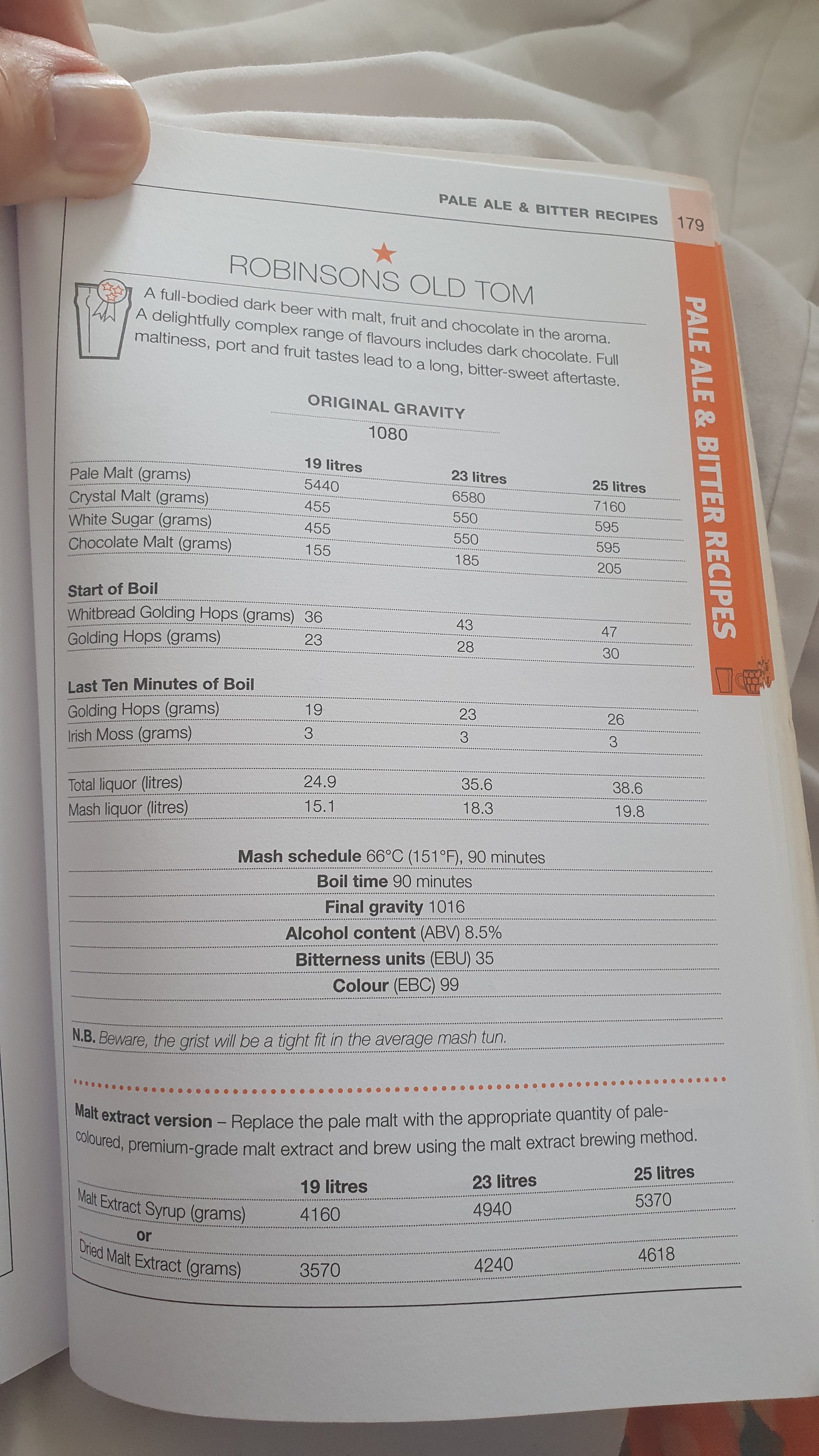hout17
Crush it REAL Good
HORRIBLE efficiency. The wheat was only partially crushed, SO many whole kernels. The good thing is, I am going to turn the leftover of the mash into lionsmane and chestnut mushrooms.
I got below 60% efficiency with a three hour mash.
I am going to buy myself a mill. That's enough.
Otherwise, everything went smooth. I dumped the wort onto the yeastcake of a 10% Victorian porter-ish type of beer which was in there for 2 weeks. Now I know why they say that you shouldn't reuse the yeast of a big beer. Man it took LONG to really get going. Little activity only after 15 minutes but for a 1.065 og beer, I expected hard action within one or two hours with this massive yeast cake.
One day later I added some sugar, just to see what happens, maybe it was already done, but after that the whole thing started to get going.
The yeast mix of s04, notty, t58 and a hint of br8 seems to have worked pretty well in the previous brew btw. Looking forward for drinking it in a year.
Sorry to hear that. I think sometimes when they crush it, they just run it through whatever gap they have set without accounting for the very small wheat kernels. That's what pushed me in to getting a mill I didn't want to have to deal with getting a bad crush if I had wheat in the recipe or some other smaller kernel. Mind you, don't forget to change the gap for the wheat when you are getting ready to brew. One time I was over at my buddies and were brewing. Well, we had a few too many starting out and forgot to change the gap. We had a great time though lol. We decided that we would slow down on the adult beverages next time at least until we started mashing lol.


















































![Craft A Brew - Safale S-04 Dry Yeast - Fermentis - English Ale Dry Yeast - For English and American Ales and Hard Apple Ciders - Ingredients for Home Brewing - Beer Making Supplies - [1 Pack]](https://m.media-amazon.com/images/I/41fVGNh6JfL._SL500_.jpg)






